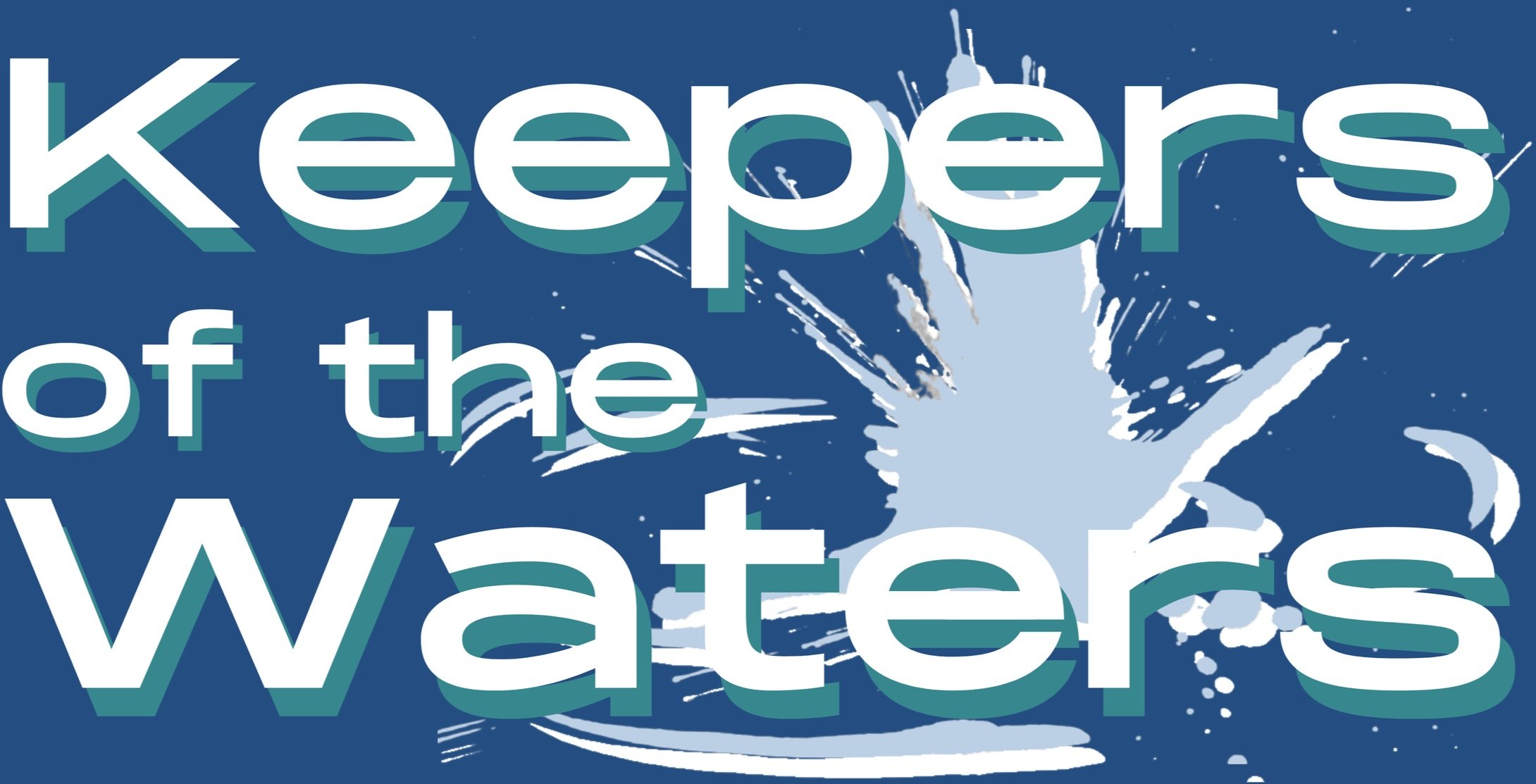Cities Without Water
By 2050, 70% of the world’s population is predicted to live in cities — cities envisioned as sprawling metropolises with sky-scraped city centers reaching into the clouds. But climate change is casting uncertainty on the future of urban life because of impending shortages of fresh water.
Los Angeles just had a 3-year drought. It ended this year, but droughts will happen again. Another recent drought forced Capetown residents to make do with 13 gallons per person per day. The return of spring rain saved the city, — just before the arrival of “Day Zero”, the day when water quotas would have to be even further reduced for four million people.
The UN World Water Development Report estimates that the world demand for fresh water will exceed supply by 2030, even as a quarter of the world’s cities are already water-insecure. While the water shortages of many cities are the direct result of climate change, primarily in the form of drought, the shortfall is primarily due to alarming increases in water use. The World Health Organization has set 103 liters/27 gallons per person per day as the benchmark amount that will adequately supply each person with enough water to maintain healthy living conditions. Before its drought, Cape Town residents were using some 84 gal/day. Fresh from its escape from Day Zero, Cape Town residents lost no time reverting from rationing 13 gal/day back to using 40 gal/day. The city has managed to get water use down to 35 gal/day, and will probably make it to its 31 gal/day goal with emerging technologies like local water pressure controls.
But most of the rest of the world isn’t close to that. Few cities do as badly as New York City. While the citadel isn’t using the 200 gal/day that it was guzzling in the early 90s, its water use is still about 115 gal/day. California’s cities do much better: 78 gal/day for Los Angeles and 50 gal/day for San Francisco. Miami, one of cities most threatened by rising sea levels, does better at 35 gal/day. Still, Chicago beats New York at guzzling water at 123 gal/day. Other American cities do even worse.
The rest of the world does better than the US, but most, like Beijing, Cairo, Sao Paulo and Moscow which uses 53 gal/day — still hover around twice the amount prescribed by the World Health Organization. But Mexico City, which is one of the cities most threatened by water shortages, is pushing it at 79 gal/day.
While the amount of water on the planet doesn’t change, its distribution is changing rapidly, leaving huge areas without rain and mountains without snow. While each city has its own configuration of water sources and its own way of dealing with them, Beijing’s story has most of the elements of the water problems cities are facing.
Beijing was originally supplied with water from pristine springs in the wooded mountains to the north and west of the city. These were linked by channels and lakes into a water supply system created by the great Chinese engineer, mathematician and astronomer, Guo Shojing, during the reign of Kublai Khan. This was supplemented over the centuries with ground water drawn from wells in a vast system of aquifers under the North China Plain, of which Beijing occupies the Northeast corner. In the last century, as the mountains were denuded of their forests and the springs dried up, Beijing supplemented its groundwater by damming surrounding rivers and creating reservoirs. But while adding to the supply, Beijing allowed much of the water to be polluted so that even today, around 40% of the fresh water around the city is too polluted to even be used for agricultural irrigation.
Today Beijing, with its 21 million residents, is one of the most water-challenged cities in the world. Although several dams on several rivers have been added to its supply, the city continues to draw down its ground water at a rate that significantly exceeds the ability of the aquifers it relies on to recharge. As Beijing’s summer monsoons bring less and less rain, the city’s Day Zero looms — as it does for too many cities across the world.
But despite the real threats to our water supplies, most city dwellers remain under the illusion that their water will always flow from their taps — because how could it be otherwise? A study found that if the water is communal — as from a village well — water consumption will stay close to about 4 gal/day. If there’s a tap in a common yard, where everybody who lives adjacent to that yard — usually several units of an extended family — has access to it, consumption per person goes up to 13 gal/day. However, if water comes out of a tap anywhere inside a private home, the people in that house will average 40 gal/day. It’s the magic of turning our own tap to see water flowing out that make our water feel more like an individual right rather than a precious communal resource. Until we understand that, we who live in cities won’t be able to deal with our public relationship to our water supply — until our Day Zero arrives.
